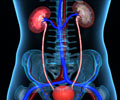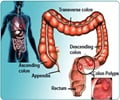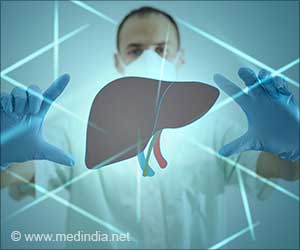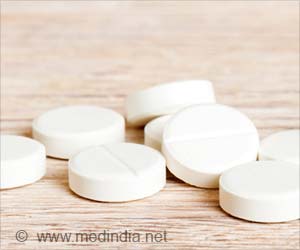A new study has uncovered a new mechanism by which non-steroidal anti-inflammatory drugs (NSAIDs) reduce tumour invasion and metastasis.
A new study from the National Sun Yat-Sen University and Kaohsiung Medical University, Kaohsiung, Taiwan has uncovered a new mechanism by which non-steroidal anti-inflammatory drugs (NSAIDs) reduce tumour invasion and metastasis.
NSAIDs are considered as a novel class of effective chemopreventive drugs.The main targets of these drugs are cyclooxygenases (COXs), which play a crucial role in maintaining physiological homeostasis, mediating inflammatory reactions and promoting tumour development.
The team led by Wen-Chun Hung, Dean of College of Science, National Sun Yat-Sen University discovered that NSAIDs up-regulated several anti-metastatic genes including secreted protein acidic and rich in cysteine (SPARC), thrombospindin-1 (TSP-1), TSP-3 and tissue inhibitors of metalloproteinase-2 (TIMP-2) in human lung cancer cells.
"Our functional assay suggested that increases of SPARC and other anti-metastatic genes were important for NSAIDs to inhibit tumour invasion and metastasis," said Wen-Chun Hung.
"More importantly, we elucidated the underlying mechanism and demonstrated that up-regulation of SPARC in human lung cancer cells was mediated via inhibition of DNA methyltransferases (DNMTs) expression and promoter de-methylation," he added.
DNA methyltransferase, a family of enzymes that catalyze the transfer of a methyl group to DNA that serves a wide variety of biological functions.
Advertisement
A number of de-methylating agents have been reported to exhibit potent anti-cancer effects in vitro and in vivo. Therefore, these agents are considered to be useful for cancer therapy.
Source-ANI
SRM/M








